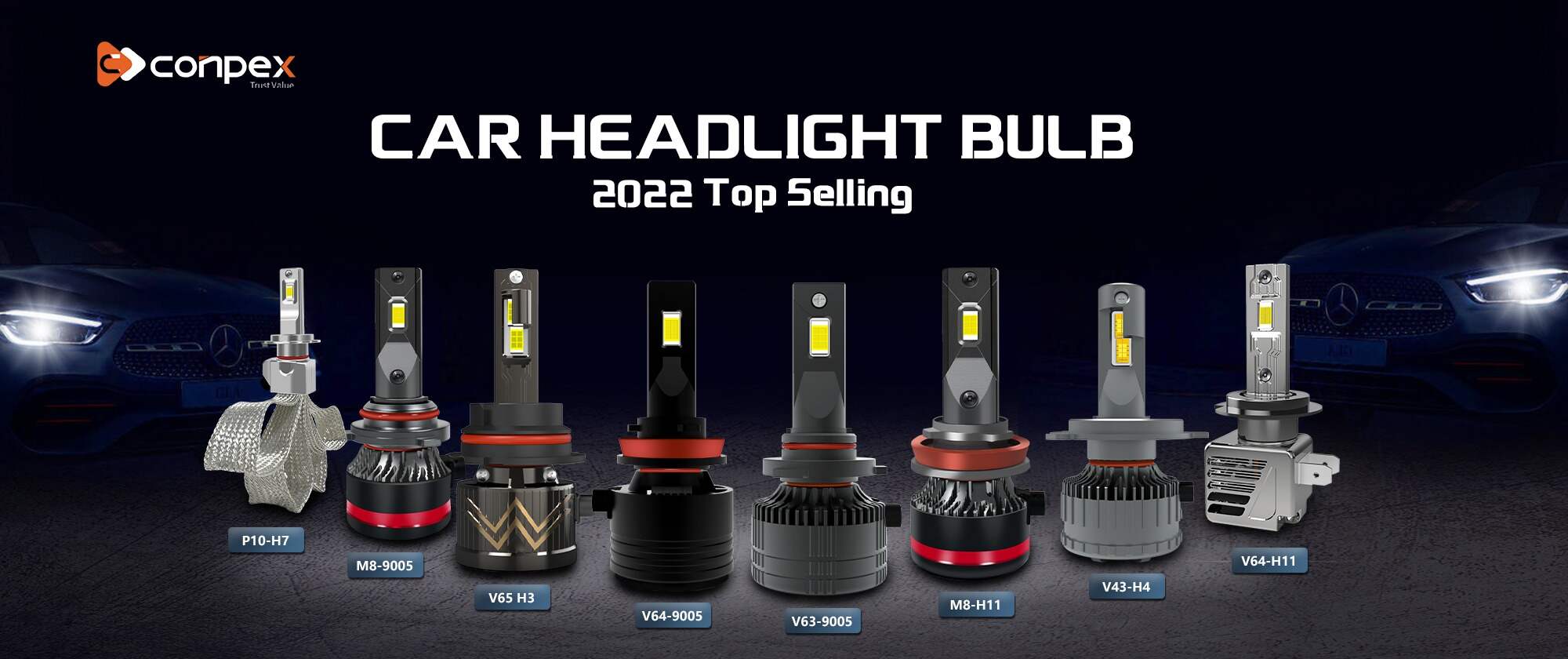Email format error
Email cannot be empty
Email already exists
6-20 characters(letters plus numbers only)
The password is inconsistent
Email format error
Email cannot be empty
Email does not exist
6-20 characters(letters plus numbers only)
The password is inconsistent


Introduction
Automotive lighting has come a long way since the invention of the automobile. From the early days of incandescent bulbs to modern LED headlights, the evolution of automotive lighting has not only improved visibility and safety but also enhanced the overall aesthetics of vehicles. In this blog, we will explore the journey of automotive lighting and delve into the advantages of LED headlights.

Incandescent Bulbs
In the early days of automobiles, incandescent bulbs were the primary source of lighting. These bulbs worked by passing an electric current through a filament, which would then emit light. While they were a significant improvement over gas lamps, incandescent bulbs had several limitations. They consumed a lot of energy, had a short lifespan, and produced a significant amount of heat.
Halogen Bulbs
Halogen bulbs were introduced in the 1960s as an improvement over incandescent bulbs. They used a tungsten filament enclosed in a halogen gas-filled bulb. Halogen bulbs offered better efficiency, a longer lifespan, and a brighter light output compared to their predecessors. However, they still had limitations, such as high energy consumption and heat generation.
High-Intensity Discharge (HID) Xenon Bulbs
HID xenon bulbs revolutionised automotive lighting in the late 1990s. These bulbs used an electric arc to produce light rather than a filament. HID bulbs offered several advantages over halogen bulbs, including higher light output, a longer lifespan, and reduced energy consumption. However, they had a slow warm-up time and required a ballast to regulate the electrical current.
LED Headlights
The introduction of LED (light-emitting diode) headlights marked a significant milestone in automotive lighting. LED headlights use a semiconductor diode to emit light when an electric current passes through it. They offer numerous advantages over traditional bulbs, making them the preferred choice for modern vehicles.
Advantages of LED Headlights
Conclusion
The evolution of automotive lighting from incandescent bulbs to LED headlights has revolutionised the way we drive. LED headlights offer numerous advantages, including energy efficiency, a long lifespan, superior brightness, instant illumination, and design flexibility. As technology continues to advance, we can expect further innovations in automotive lighting, enhancing both safety and aesthetics on the road.